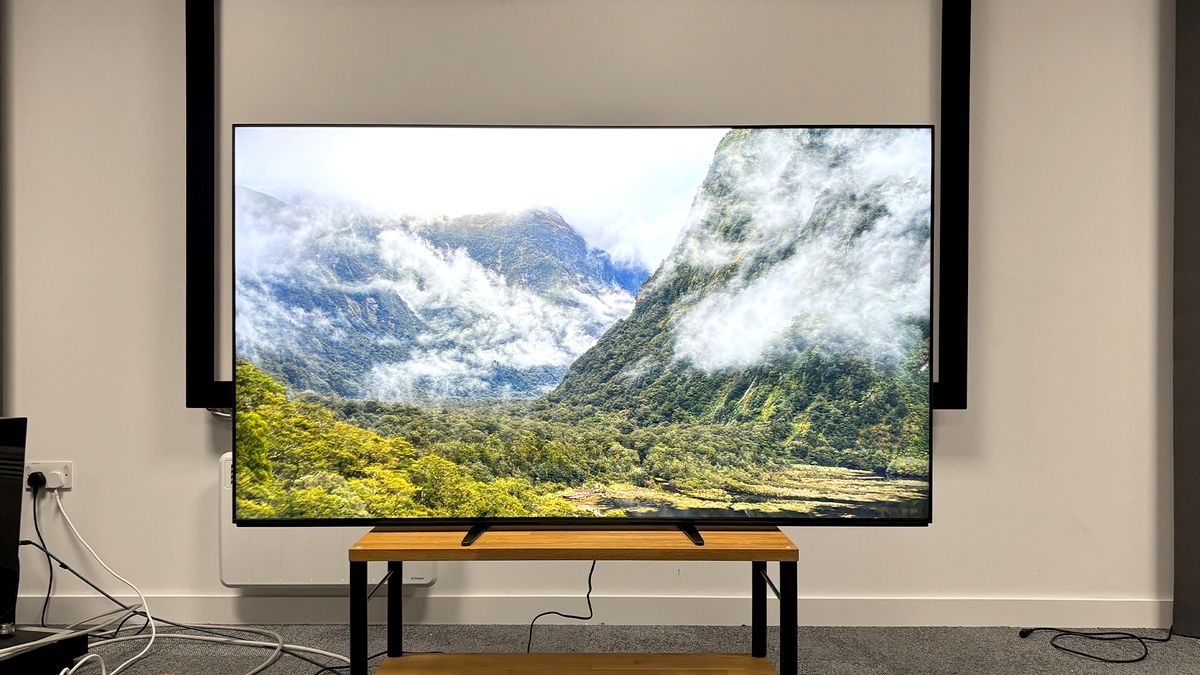Switching to a demo of fully clothed TVs, and a comparison between the Bravia 9 and the Samsung S95C is fascinating. While the result will have likely been skewed by the ambient light in the room, it’s still impressive that the backlit Bravia 9 seemed to get very close to the QD-OLED for black depth while providing brighter and more insightful highlights. With an image of a brightly lit blue flower, the Bravia 9 did a much better job reproducing the light shining through the delicate, translucent petals, which the S95SC made look more opaque.
To highlight the Bravia 9’s peak brightness superiority, Sony next had it, the X95L, Samsung S95C and Sony’s new 4000-nit mastering monitor display a series of coloured test patterns consisting of concentric rings at different, labelled brightness levels going right up to 4000 nits. Other than some slight clipping in the 2000-4000-nit jump with the red pattern, the Bravia 9 was able to reproduce every step up to the 4000-nit peak. Only the mastering monitor could handle every step in every colour and neither the X95L nor S95C could get close.



 )
)


 Welchen kauft man jetzt?
Welchen kauft man jetzt? Und anders rum wird natürlich immer LCD gezeigt, immer High APL Szenen statt Dunkle Szenen mit tiefem schwarz.
Und anders rum wird natürlich immer LCD gezeigt, immer High APL Szenen statt Dunkle Szenen mit tiefem schwarz.